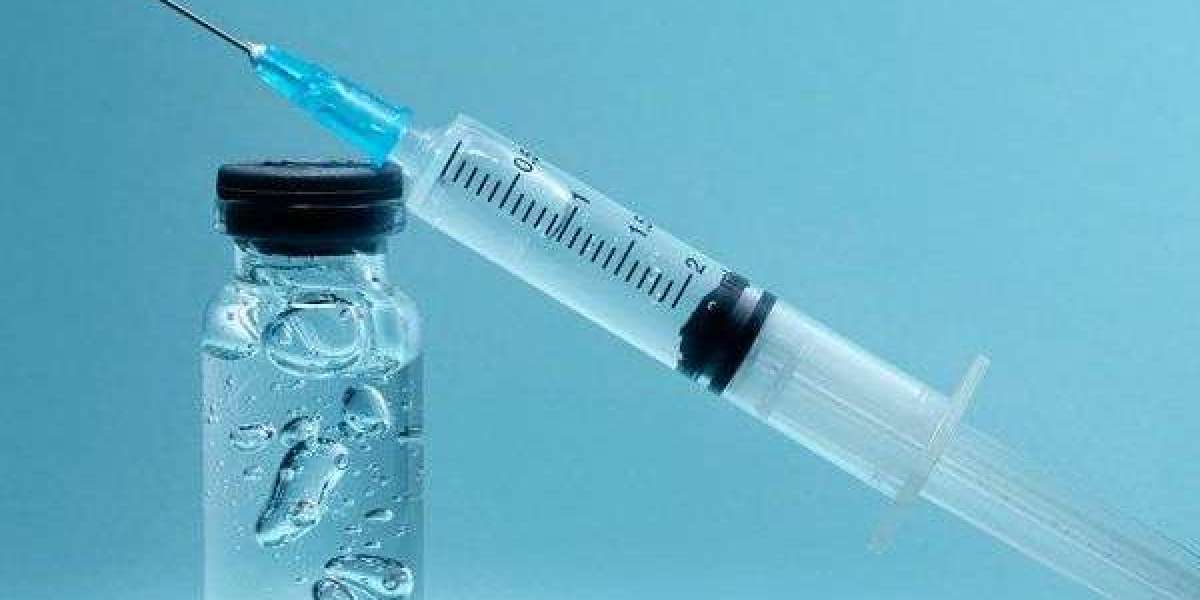What Is a Toradol Shot?
A Toradol shot, medically known as ketorolac tromethamine, is a non-steroidal anti-inflammatory drug (NSAID) administered via intramuscular or intravenous injection to treat moderate to severe acute pain. Unlike opioids, Toradol provides effective pain relief without the risk of dependency. It is often used post-surgically, in emergency rooms, and in outpatient clinics as a fast-acting alternative to oral pain medications.
When searching for a Toradol shot, patients are typically experiencing severe pain from conditions such as migraines, back injuries, postoperative discomfort, or musculoskeletal trauma. This injectable NSAID works by inhibiting prostaglandin synthesis, thus reducing inflammation and pain signals.
Medical Uses of the Toradol Shot
Acute Musculoskeletal Pain
The Toradol shot is highly effective for treating acute back pain, sprains, and joint inflammation. In sports medicine, it is frequently used to address athletic injuries, offering quick relief that facilitates early mobilization and physical therapy. Patients often receive a single dose for immediate relief, particularly in urgent care settings.
Postoperative Pain Management
After surgery, patients may not tolerate oral medications due to nausea or delayed gastric emptying. A Toradol injection provides systemic relief with analgesic effects similar to morphine, without sedative properties or gastrointestinal side effects associated with opioids. It is especially useful following orthopedic, dental, and gynecological procedures.
Migraine and Headache Relief
Emergency departments and headache clinics frequently use the Toradol shot as part of a migraine cocktail, often alongside antiemetics like metoclopramide. Patients with intractable migraine episodes report significant pain reduction within 30 to 60 minutes of receiving the injection.
Renal Colic and Kidney Stones
In cases of kidney stones, where pain is acute and unrelenting, ketorolac injections can offer rapid relief of flank pain and spasms, often reducing the need for narcotics. The anti-inflammatory properties help ease ureteral smooth muscle contractions, making the passage of stones less painful.
Mechanism of Action: How the Toradol Shot Works
The active ingredient in the Toradol shot is ketorolac tromethamine, which functions by blocking cyclooxygenase (COX) enzymes—specifically COX-1 and COX-2. These enzymes are responsible for the production of prostaglandins, the chemical mediators of inflammation, pain, and fever.
By reducing prostaglandin levels, Toradol reduces inflammation and alleviates pain. Unlike opioids, it does not act on the central nervous system, making it non-sedating and non-addictive, yet highly effective for short-term pain control.
Advantages of Choosing a Toradol Shot
Rapid Onset of Action
Administered intramuscularly or intravenously, the Toradol shot begins to take effect within 30 minutes, making it ideal for situations where oral medication is too slow or ineffective. This is particularly beneficial in emergency or trauma settings.
Non-Narcotic Alternative
In the context of the opioid crisis, patients and providers alike are seeking safe, effective pain relief options without addictive potential. Toradol provides opioid-level relief without respiratory depression, tolerance, or withdrawal symptoms.
Convenient Single-Dose Administration
In most cases, one injection of 30 to 60 mg of Toradol is sufficient to control acute pain for several hours. This single-dose efficacy makes it practical for use in walk-in clinics, urgent care, and outpatient procedures.
Minimal Sedation
Since Toradol does not impair mental status or motor function, it is well-suited for situations where patients need to remain alert and active. This makes it preferable in ambulatory surgical centers and athletic settings.
Proper Administration and Dosage
The standard dosage for adults is:
30 mg intramuscularly every 6 hours, not to exceed 120 mg/day
For IV administration, 15–30 mg every 6 hours, with a maximum duration of 5 days
Patients with reduced renal function or elderly individuals may require adjusted doses. It is essential that healthcare professionals evaluate each patient’s overall health before administration.
Contraindications and Safety Precautions
While the Toradol shot is safe for many patients, it is contraindicated in the following cases:
Active gastrointestinal bleeding or peptic ulcers
History of NSAID-induced asthma or hypersensitivity
Renal impairment or dehydration
Concurrent use with other NSAIDs or anticoagulants
Pregnancy (especially third trimester)
Its use is typically limited to a maximum of 5 days due to potential adverse effects on the gastrointestinal tract, kidneys, and cardiovascular system when used long-term.
Side Effects and Monitoring
Common side effects of Toradol injection include:
Injection site pain or irritation
Nausea and gastrointestinal upset
Headache or dizziness
Increased blood pressure
More serious, though rare, side effects may include:
Gastrointestinal bleeding or perforation
Renal toxicity
Anaphylactic reactions
Thrombotic events (especially in long-term use)
Medical supervision and proper patient screening minimize the risk of these complications. Clinics offering the Toradol shot typically perform a brief health history and vital signs assessment prior to administration.
Toradol Shot vs. Oral NSAIDs: Why Injection Is Superior
While oral NSAIDs like ibuprofen or naproxen are widely used, the Toradol injection offers superior bioavailability and speed. When pain is intense and immediate, such as in trauma or migraine, oral medications may take too long to act or may be poorly absorbed, particularly if nausea is present.
Additionally, a Toradol shot bypasses the digestive system, reducing irritation to the gastrointestinal lining and delivering peak plasma concentrations quickly and efficiently.
Cost and Availability of Toradol Injections
The Toradol shot is generally affordable, with average costs ranging between $20 and $60 per dose, depending on clinic pricing, geographic location, and whether it's administered in an emergency room or outpatient clinic. Many urgent care centers and pain management clinics offer Toradol as part of their treatment options for acute pain episodes.
Insurance often covers the injection when medically indicated, especially when administered in a hospital or urgent care setting.
When to Seek a Toradol Shot Near You
You should consider a Toradol injection if you are experiencing:
Severe migraine unresponsive to oral medications
Acute injury or trauma with inflammation
Postoperative pain where oral intake is not possible
Chronic conditions flaring into acute episodes (e.g., gout, sciatica)
Painful dental procedures or extractions
Patients often search for "Toradol shot near me" when they need immediate, potent, non-narcotic pain relief from trusted medical professionals.
Conclusion: Toradol Shot as a Frontline Pain Management Tool
The Toradol shot is a powerful, non-opioid pain management option for a wide array of acute conditions. Its rapid onset, high efficacy, and low risk of addiction make it a valuable tool in both emergency and outpatient settings. Whether you're suffering from injury, migraine, or post-surgical discomfort, Toradol offers reliable relief without the drawbacks of narcotics.







